Call us FREE 0808 2394 989
Opening Hours - Office closed, we'll open at 8:30am
Call us FREE 0808 2394 989
Opening Hours - Office closed, we'll open at 8:30am

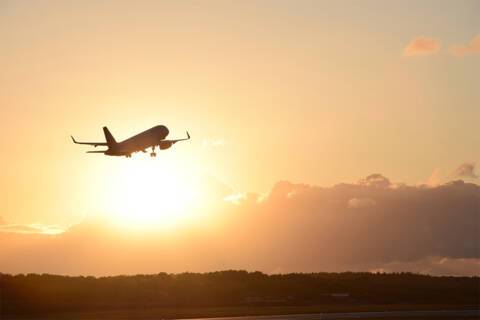
(regional and premium class flights may be available on request)

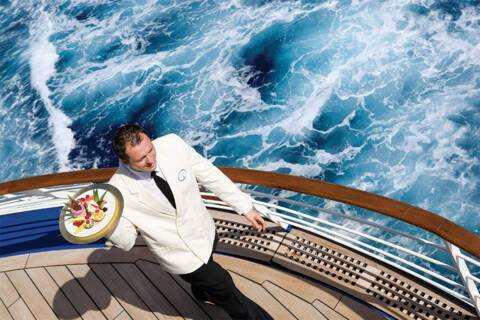
Upon arrival, transfer to the port and embark your ultra-luxurious Silversea ship for your all-inclusive voyage
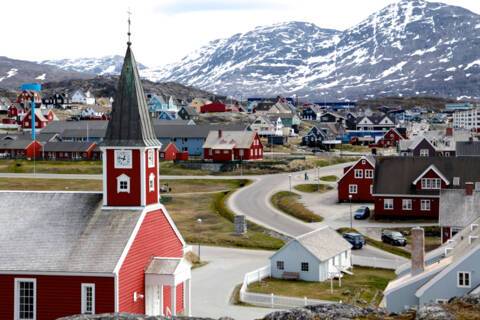
In the bustling capital city of Greenland, you could be forgiven for forgetting you are in such a vast and isolated country. Nuuk is Greenland's economic and social hub, home to more than a third of Greenland's population, and although it feels like a world capital, scratch the surface, and a uniquely Greenlandic character can be found underneath. Nuuk Cathedral overlooks the gorgeous old Colonial Harbour district and the Greenland National Museum, resting place of the legendary Qilakitsoq mummies, the true highlight of the museum's archaeological collection. View less Above the Colonial Harbour sits downtown Nuuk, with lines of Scandistyle apartments, a bustling shopping district, the Greenlandic Parliament, Nuuk City Hall (which welcomes visitors to see its artwork) and even outdoor cafes selling locally produced food and beer. These nods to modernity compete for space with local artisan boutiques, the meat market selling the catch from Nuuk's vast fjord-lands, and the stunning Katuaq Cultural Centre, where blockbuster movies, as well as local and foreign performers entertain the people of Nuuk. Although Nuuk has long been a melting pot of Danish and Greenlandic ideas, this is a city where Greenland displays its sophistication, with the Country's only traffic lights, roundabouts and University. Most of all, expect to find a multitude of friendly people who are proud of who they are, and equally proud of the city they call home.
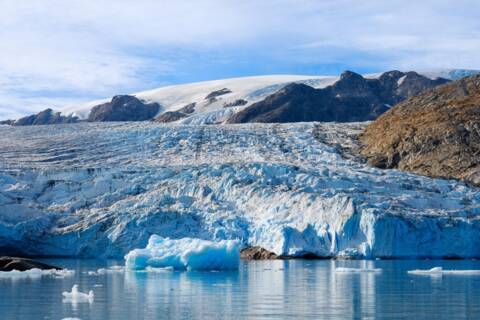
Some 60 kilometers southeast of the entrance to Kangerlussuaq Fjord and halfway between Maniitsoq and Kangaamiut is Sermilinnguaq, one of the smaller fjords leading to the Greenland Icecap’s westernmost valley glaciers in South Greenland. Northeast of Maniitsoq’s rugged scenery with peaks rising hundreds of meters into the sky, the narrow fjord with its steep mountainsides is one of the preferred halibut fishing areas for the local fishermen from Maniitsoq and Kangaamiut. View less In 2019, the Greenland Environment Fund granted resources to clean up and remove derelict fishing gear which had washed up along the Sermilinnguaq Fjord based on the fishermen’s request. Razorbills, Brünnich’s Guillemots (Thick-billed Murres), Common Guillemots, and Black Guillemots, Glaucous Gulls, and Black-legged Kittiwakes –all attracted by the rich fishing grounds- have formed eight bird colonies in Sermilinnguaq. As a result, 3,000 hectares of the fjord are considered an Important Bird Area.
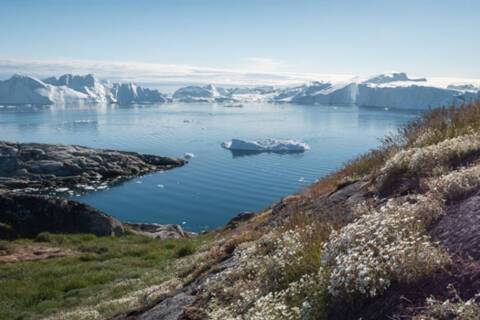
Sail past majestic whales and between immense icebergs as you cruise the serene waters that surround Greenland.
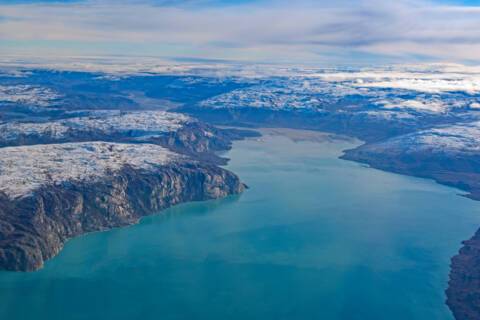
Evighedsfjord (Eternity Fjord) is a large fjord northeast of Kangaamiut in southwest Greenland. The fjord has a length of 75 kilometers and several branches with numerous glaciers coming down from the Maniitsoq Ice Cap to the north can be seen. The Evighedsfjord has several bends and whenever the ship reaches the supposed end the fjord continues in another direction and seems to go on forever. Qingua Kujatdleq Glacier is at its southeastern end. At the northwestern end a U-shaped valley has seven glaciers coming down from the mountains but not reaching the water. The glaciers had their maximum extent around the year 1870 and have gone through several cycles of advance and retreat. The mountains on either side of the fjord can reach in excess of 2,000 meters and the fjord has a depth of up to 700 meters. Evighedsfjord’s snowline is at 1,100 meters and the Evighedsfjord region is famous as one of Greenland’s best heli-skiing areas.
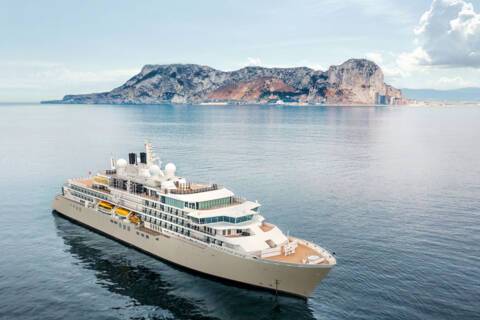

Sail past majestic whales and between immense icebergs as you cruise the serene waters that surround Greenland.
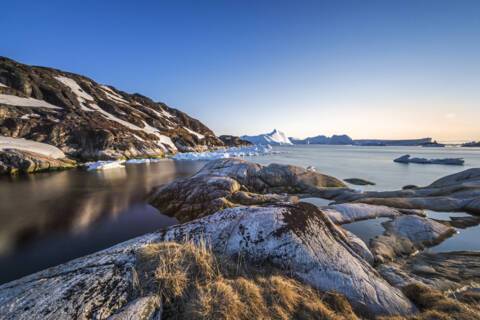
Ilulissat is a coastal town in western Greenland. It's known for the Ilulissat Icefjord and for huge icebergs Disko Bay, shed by the Sermeq Kujalleq glacier. Trails run to the Sermermiut settlement for dramatic views over the ice. The Ilulissat Museum traces the area’s history and the life of local-born explorer Knud Rasmussen. The area is home to thousands of Greenland dogs, used for dogsledding.
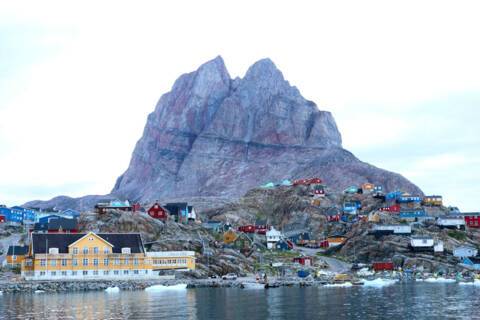
Fjords were carved by glaciers and Uummannaq Fjord must have been carved by an enormous one in the past. This fjord is about 160 km (100 miles) long and 24–48 km (15–30 miles) wide as it extends eastward to the Greenland ice cap. The main fjord divides into several smaller fjords also fed by glaciers. Store Glacier, or Great Qarajaq, is one of the world’s fastest moving at 5.7 km (3.5 miles) a year. It sheds icebergs that float, melt, develop strange shapes and pose for photographers.

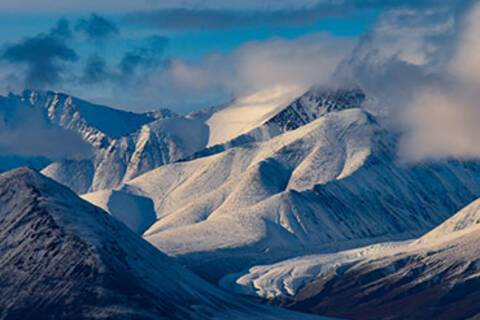
Pond Inlet, known as "Mittimatalik" to its Inuit residents, is a breathtaking community located on the northern tip of Baffin Island in Nunavut, Canada.
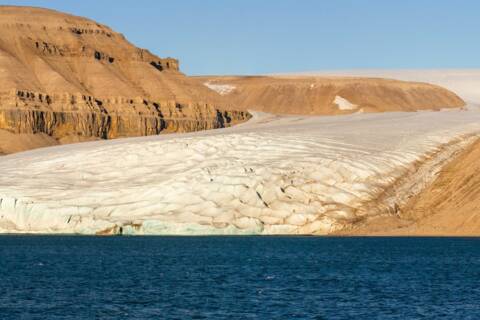
Austere, remote and a rather severe, Devon Island is as close the closest thing to Mars on planet Earth. The rocky terrain, dry, cold climate and 14-mile wide crater on the north of the island have made it home for a team of research scientists from NASA, who live in the small research station during the Arctic summer. Other than these few men and women, Devon Island is completely unpeopled, and the largest uninhabited island in the world. There was human habitation as recently as 1951, when a Canadian Mounted Police post that had been on the island since 1924 to monitor illegal activities such as whaling closed. At 320 miles long and 80–100 miles wide, it is the largest of the Parry Islands. Dundas Harbour is found in the south of the island. Then island is set in the icy Arctic Ocean, south of Ellesmere Island and west of Baffin Bay. This make it Canada’s sixth largest island. Discovered by English explorer William Baffin in 1616, the island did not make it on to any maps until William Edward Parry’s exploration of the Arctic in 1820. Despite the desolate conditions, the island does show signs of having sustained human life as many as 3,000 years ago, with the remains of a Thule settlement dating back to 1000 A.D., including tent rings, middens and a gravesite providing testament to the fact. The island is named Talluruti in local Inuktitut language, literally translating as “a woman’s chin with tattoos on it”, as from a distance the deep crevasses resemble traditional facial tattoos.
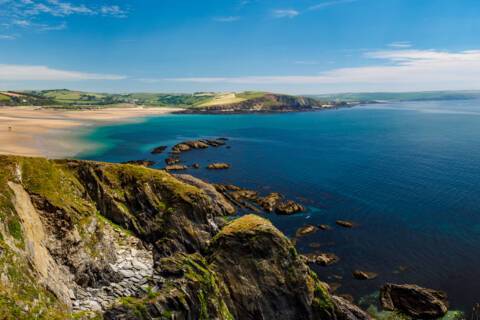
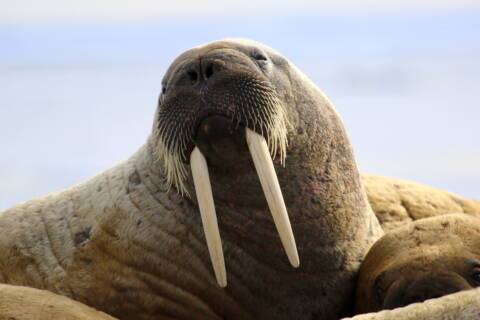
Beechey Island is a small island off the southwest coast of Devon Island, separated by a narrow waterway called the Barrow Strait. Captain William Edward Parry was the first European to visit the island in 1819. His lieutenant, Frederick William Beechey, named the island after his father, the artist William Beechey (1753–1839). Beechey Island played a significant role in the history of Arctic Exploration. During the winter of 1845-46, Sir John Franklin and his men camped on the island as part of their ill-fated quest to find the Northwest Passage. Mummified remains of three of Franklin’s crew were discovered, giving a better understanding of what happened before the disappearance of the expedition. In 1850 Edward Belcher used the island as a base while surveying the area. Later, in 1903, Norwegian explorer Roald Amundsen stopped at the island at the beginning of his successful voyage in search for the Northwest Passage. Subsequently, Beechey Island has been declared a "Territorial Historic Site" by the Northwest Territories government in 1975 and a National Historic Site of Canada in 1993. It now is part of Nunavut.

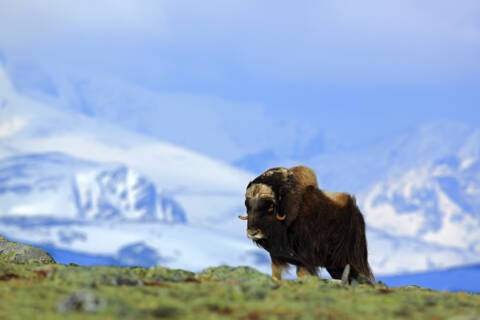
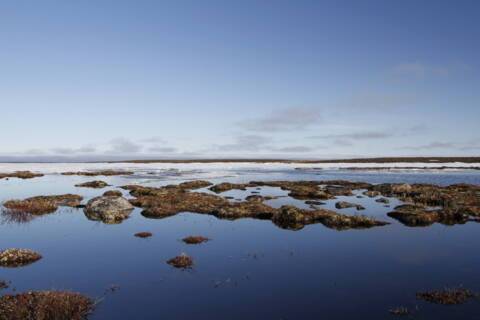
Southeast of Victoria Island and in Queen Maud Gulf, Jenny Lind Island is roughly 20 kilometers in diameter and covers an area of 420 square kilometers. The uninhabited island is named after a famous Scandinavian opera singer and was put on European maps in 1851 when Dr. John Rae of the Hudson’s Bay Company was searching the Canadian Arctic for indications of the fate of Sir John Franklin’s Northwest Passage Expedition. View less The island is a Canadian Important Bird Area with large numbers of Lesser Snow Geese and Ross’s Geese breeding there and a Key Migratory Bird Terrestrial Habitat recognized by the Canadian Wildlife Service. The island has a mix of flat and undulating terrain with low-lying wetlands and sedge meadows and supports a small herd of muskoxen. The island has been the site of a Distant Early Warning Line radar station until the 1990s and still is part of the North Warn System.
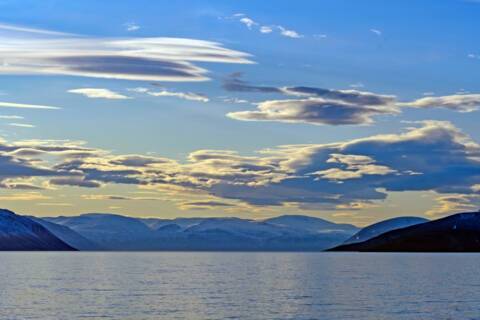
Isabella Bay is about 100 kilometers south-southeast of Clyde River, on the northeast coast of Baffin Island. Designated in 2010, the Ninginganiq National Wildlife Area not only covers Isabella Bay, but also its islands, shores and the adjacent open water of the Davis Strait out to 12 nautical miles from shore. View less In the 19th century Isabella Bay had been an important center for whaling and this National Wildlife Area is still an important marine habitat –today a sanctuary- used for feeding and resting by adult and large adolescent bowhead whales during late summer and fall. Bowhead whales gather here to feed on the abundant copepod zooplankton blooms that occur in two deep troughs in Isabella Bay. The single largest concentration of bowhead whales in Canada has been recorded here with up to 100 whales. The Ninginganiq National Wildlife Area is Canada’s largest with more than 336,390 hectares. Although this is a sanctuary, resident Inuit have according to the Nunavut Land Claims Agreement the right to harvest wildlife on lands and waters throughout the Nunavut settlement area and therefor are allowed to hunt the whales, polar bears, ringed seals and narwhals found in Isabella Bay. King Eiders, Long-tailed Ducks, Little Auks and Northern Fulmars also call Ninginganiq (“the place where fog sits”) their home.

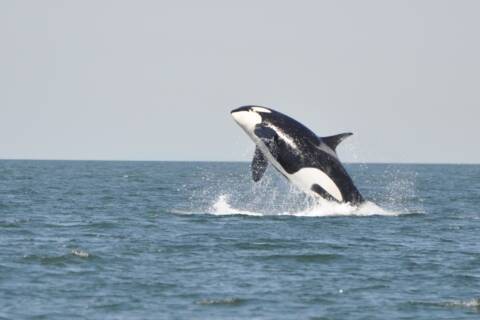
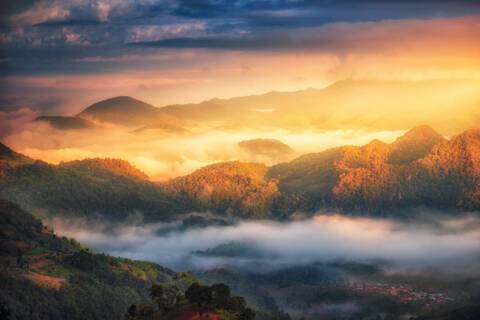
The Northwest Territories’ Smoking Hills show a natural phenomenon which has probably been active for thousands of years. The hills close to the Beaufort Sea were seen by John Franklin in 1826 during his second Canadian expedition looking for indications of a Northwest Passage. Franklin observed that the rocks and soil around Cape Bathurst seemed to be on fire and produced acrid white smoke. They were therefor named “Smoking Hills”. View less The reason behind this phenomenon is neither human-induced burning nor volcanic activity, but the subsurface exothermic reaction between the bituminous shale, the sulfur and the iron pyrite of the area. The heat being released through the oxidation of pyrites in the Cretaceous mudstones along the sea cliffs leads not only to high ground temperatures, but also to hot sulfurous gas being driven off and the possibility of spontaneous combustion. The fumes that are seen contain sulfur dioxide and sulfuric acid and are noxious.

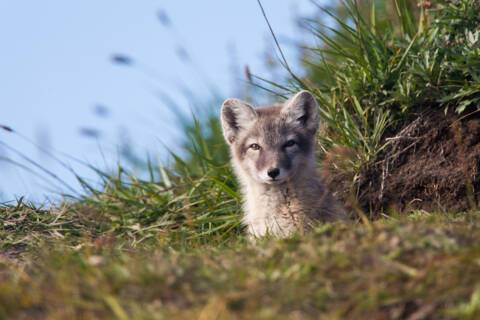
Three kilometers off Yukon’s north coast, only Workboat Passage separates Herschel Island-Qikiqtaruk from Ivvavik National Park. The low-lying treeless island of 116 square kilometers was Yukon’s first territorial park. View less Herschel Island-Qikiqtaruk has been declared a National Historic Site of Canada in 1972, classified as a Nature Preserve in 1987, designated a Natural Environment Park in 2002 and as an example of the technologies and techniques used for living and construction over the past several millennia it is now on the tentative UNESCO WHS list! The island is also an important area for Ice Age fossils. Normally snow-covered from September to June, the island shows abundant and diverse wildlife, with many migratory birds, including the largest colony of Black Guillemots in the Western Arctic, caribou, muskox, polar bear, and brown bear on land and bowhead and beluga whales, ringed and bearded seals, and occasionally walrus in its surrounding waters. Seasonal hunting possibilities from spring to fall have led the Inuvialuit using the area for hundreds of years. When Franklin arrived in 1826 he saw three of their camps. Remains of their old dwellings are still visible near Simpson Point. This is where in the late 1800s, American whalers established a now abandoned station. At the height of the Beaufort Sea whale hunting period there were 1,500 residents. Several of the historic buildings by whalers, and later missionaries, traders and the RCMP are still standing –although some had to be moved further inland to escape the rising sea level.

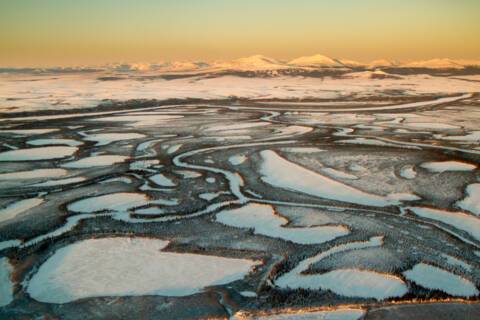
Whales dominate life at Point Hope (Tikiġaq) settlement in the extreme Northwest of Alaska. Tikiġaq, the Inuit name of the settlement, means finger. It describes the shape of the point jutting out into the sea upon which the settlement sits. It is a good location for hunting as Bowhead Whales and other marine mammals swim close to the shore as they round the point on migrations. The Inuit people of Point Hope still rely on hunting for much of their food.
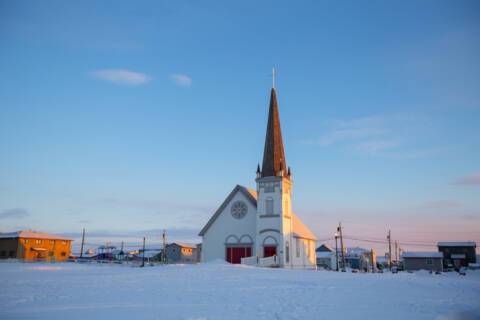
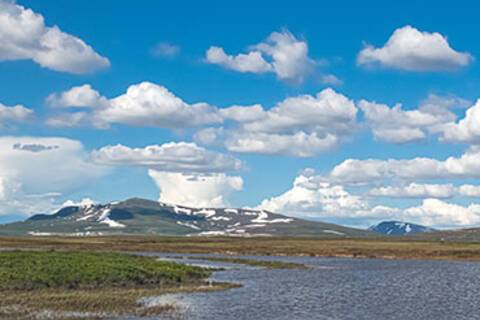
Nestled on the edge of Alaska's Bering Sea, Nome emerges as a rugged frontier town steeped in history and adventure.
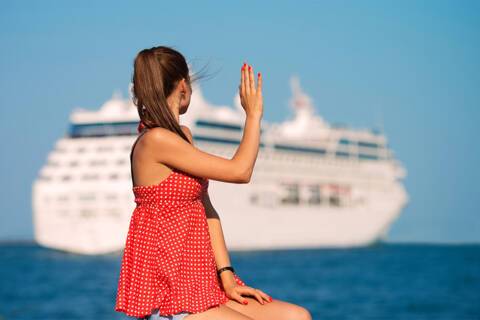
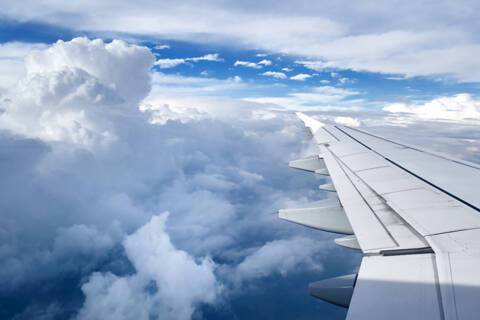
(regional and premium class flights may be available on request)


2025/26 All-Inclusive Ultra-Luxury Summer Solo Sale
View prices as:
Your current viewing preference is:
Per-Person Pricing
* Prices shown are per person, based on two adults sharing a twin cabin and include all cruise offer discounts and savings.

| Deck | Price | Enquire | |
| GS | Deck 7 | Enquire now |
| Deck | Price | Enquire | |
| OS | Deck 7 | Enquire now |
| Deck | Price | Enquire | |
| SL | Deck 6 | Enquire now |
| Deck | Price | Enquire | |
| CV | Deck 5 | Enquire now |
| Deck | Price | Enquire | |
| DX | Deck 6 | Enquire now |
| Deck | Price | Enquire | |
| PV | Deck 6 | Enquire now |
| Deck | Price | Enquire | |
| SV | Deck 6 | Enquire now |
| Deck | Price | Enquire | |
| MS | Deck 8 | Enquire now |
| Deck | Price | Enquire | |
| SS | Deck 8 | Enquire now |
| Deck | Price | Enquire | |
| G1 | Enquire now |
| Deck | Price | Enquire | |
| O1 | Enquire now |

Yes, all Silversea ships are equipped to offer Wi-Fi access.
At Silversea, the comfort, enjoyment and safety of all guests is paramount. Most areas onboard are non-smoking and, as a safety precaution, smoking is not permitted in guest accommodations. However, smoking is permitted in the Connoisseur’s Corner and in specifically designated areas.
Yes, guests can take alcohol on their Silversea cruise. There are no limitations.
Gratuities are included in the price of your Silversea cruise.
The currency used onboard Silversea is US Dollars.
Shipboard attire ranges from casual to formal. Casual wear is appropriate for daytime aboard the ship or ashore and consists of standard sports outfits as worn at 5-star resorts. Evening attire falls into 3 categories; casual, informal and formal.
Shore excursions are available to book in advance via My Silversea until 2 days prior to sailing.
Booking conditions of Silversea and Reader Offers Limited Agency booking conditions apply. Fares are per person based on two adults sharing a suite, may increase or be withdrawn at any time. Offers apply to new bookings only. Savings are based on two adults sharing. Star ratings are Reader Offers Ltd classified. All-Inclusive drinks are subject to the cruise lines T&C’s. Free unlimited Wi-Fi is subject to further T&Cs and is limited to one device per guest. Free drinks are subject to the cruise lines T&Cs. Please note, all-inclusive element applies to the cruise only. Regional and Premium Class flights will incur supplementary costs and may require an additional overnight stay. Should the named hotel be unavailable, a suitable alternative will be supplied. Chauffeur transfers are based on two adults sharing, mileage is tiered depending on grade booked and applicable up to 50 miles each way, UK mainland only. Additional miles can be purchased at a supplement. Tours are subject to change, are non-transferable and may not be suitable for guests with mobility restrictions. On board spend is per suite and tiered depending on grade booked. Wildlife sightings are not guaranteed. Cruise Miles T&Cs apply. E&OE.
*Please note: Full payment may be required on some 2025 sailings at the time booking due to the departure date*
Champagne Gift Box is one per booking, for Ocean View Staterooms & above on cruises of 7 nights & above, for Mainland UK addresses only.